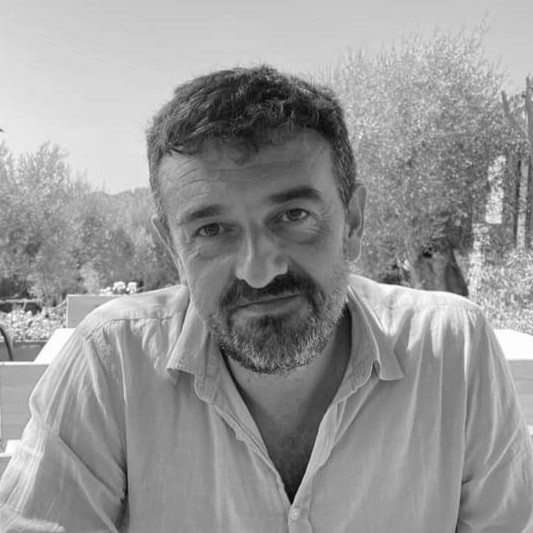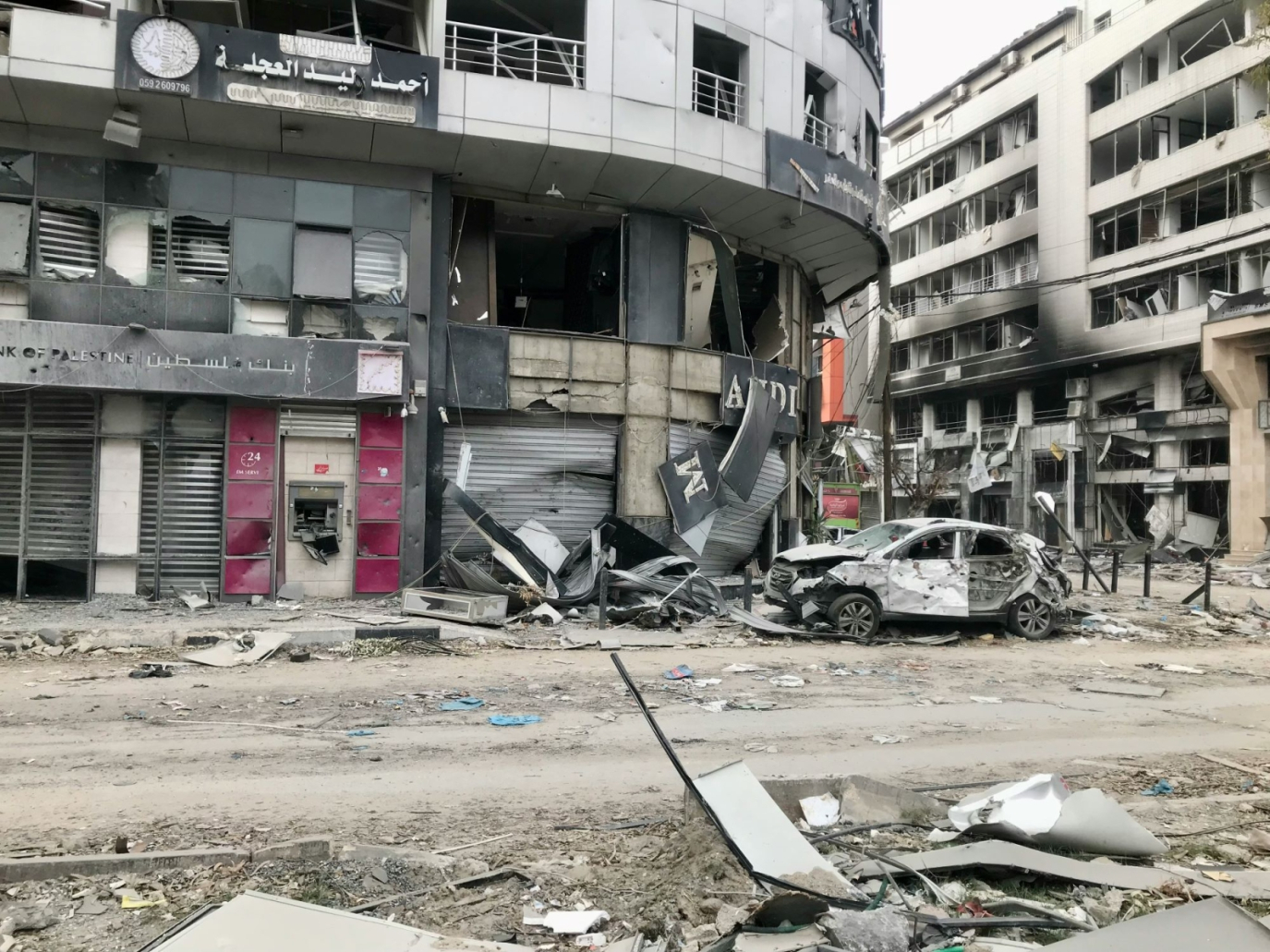“The IPC's analysis of acute food insecurity conducted in December 2023 in the Gaza Strip signaled the risk of famine by the end of May 2024 if an immediate cessation of hostilities was not implemented and access to food supply and essential services to the population was not ensured. Since then, the conditions necessary to prevent famine have not been met. In fact, the latest evidence confirms that famine is imminent in the northern governorates of the Gaza Strip.”
The latest report from The Integrated Food Security Phase Classification (IPC) leaves little room for doubt. The initiative, established in 2004, unites governments, UN agencies, NGOs, civil society and other relevant actors working together to determine the severity and extent of acute and chronic food insecurity and acute malnutrition situations in countries, according to internationally recognized scientific standards.
IPC's analysis indicates that the entire population of Gaza is at risk of hunger/starvation: 45 percent of the population in northern Gaza is at emergency stage, 30 percent at catastrophic stage, while in southern areas 45 percent are at emergency stage and 15 percent at catastrophic stage.
The water and sanitation situation in Gaza is tragic
Hunger is becoming an improper weapon of the Israeli army's military operation on Gaza, in a manner unparalleled in contemporary conflicts. It is also the most obvious facet of a staggering impact on the territory and the 2.3 million inhabitants of a strip of land the size of Las Vegas but with more than three times its population, and whose largest city, Gaza City, is more densely populated than New York City.
Wreckage, more than a million displaced people, health collapse: a scenario that has evolved day by day, for the worse, since the beginning of military operations, but one that a 2014 United Nations report already defined at risk by 2020, when it would miss the minimum threshold of access to resources to be considered habitable by humans.
“Despite challenges in data collection and conservative approaches in studies, so only what is validated can be used, the level of destruction in Gaza is unprecedented.” Describing the situation is Clara Capelli, a development economist who has lived and worked in Palestine for more than a decade. “Out of the 36 hospitals in Gaza, only 13 are partially or minimally operational. The water-sanitation situation is tragic. Humanitarian aid (not only food, but also the flow of fuel and medicine) is strongly prevented by the Israeli authorities. International agencies such as UNRWA and OCHA and others have been reiterating and documenting it for months. However, we cannot ignore the fact that humanitarian aid serves only a temporary role and cannot, especially under these conditions, cope with the daily needs of 2.3 million people. For example: food aid provides flour, canned and packaged food, and little else, but nutritionally this cannot make up for a normal diet that requires fresh food providing protein and vitamins. From an economic perspective, local production activity must also resume to cope with the crisis. This makes a ceasefire even more imperative, not only for the deployment of aid, but also to give the people of Gaza back an active role in their own socioeconomic existence.”
The long-term economic and environmental impacts
This acute phase is increasingly severe, but the medium- and long-term consequences are no better. “According to OCHA, 60 percent of housing buildings are destroyed or damaged: about 1.2 million people in Gaza no longer have a home,” Capelli explains. “The infrastructure damage is immense, especially in the governorates of North Gaza, Gaza and Khan Younes, where 84 percent of buildings, water and electricity networks, schools and universities, hospitals and medical centers are destroyed, as is the port of Gaza, municipal services in general and 62 percent of the road network. The World Bank has provided some estimates of the economic impact of the escalation of the conflict after October 7. It is feasible to say that the destruction is such that Gaza's economy has basically been reduced to small pockets of activity, conditional on the ability to move and get supplies. The key word is scarcity: a blockade starting October 9 added to whatever restrictions have been in place since 2007, well before the crisis with Hamas. Where there is scarcity, there is inflation: we are over 30 percent, according to estimates by the World Bank and the Palestinian Central Bureau of Statistics. People in despair who own anything are trying to sell at the highest possible price to meet their other needs. Those in positions of wealth and power take advantage of the situation to increase their influence.”
How much this will impact reconstruction is difficult to understand. “The sheer amount of debris and wreckage is such that it will take years to dispose of, and it is impossible to predict medium- and long-term environmental damage due to the difficulty of collecting data and conducting analyses,” Capelli explains. “It is not possible to accurately estimate the level of pollution and poisoning of soil and groundwater, in a context that is already very serious. Secondly, most of the economy and activities that establish and enliven the social fabric of a community, starting with education at all levels, is to be rebuilt practically from zero. Food production, stores and markets for distribution, transportation, basic services. Small pockets of activity remain, but rebuilding the system will take years and countless resources. In such a situation, reconstruction in a conflict or post-war context always favors those with previously accumulated resources and power to consolidate positions of influence, control of the economy and therefore society. Regardless of the affiliation and political loyalties of the notables who emerge or become stronger, if there is reconstruction, it will be a fierce socioeconomic process.”
Water emergency in Gaza
To top it all off, there is also the issue of access to water resources, a chronic problem for the Palestinian population. In the Gaza Strip, the only water resource is the coastal aquifer, which was insufficient to meet the needs of the population even before October 7. Due to its excessive use over the years, the aquifer has suffered infiltration from nearby seawater and sewage, with the result that today 90-95 percent of its water is contaminated and unfit for human consumption.
The blockade the Strip has been subjected to for the past 16 years had already restricted the entry of necessary goods and materials for the maintenance of existing water and sanitation infrastructure and the construction of new ones. The World Health Organization warned as early as a month after the war began that intense overcrowding and damaged and disrupted sanitation, water and hygiene systems would lead to a health emergency.
Residents have therefore been forced to buy water from private entities for more than five months at stellar prices. The Gaza Strip already constituted one of the world's largest areas of water stress, resulting in sanitation problems, even before yet another war had broken out.
This article is also available in Italian / Questo articolo è disponibile anche in italiano
Image: Emad el Byed, Unsplash
© all rights reserved



